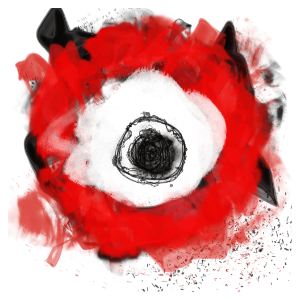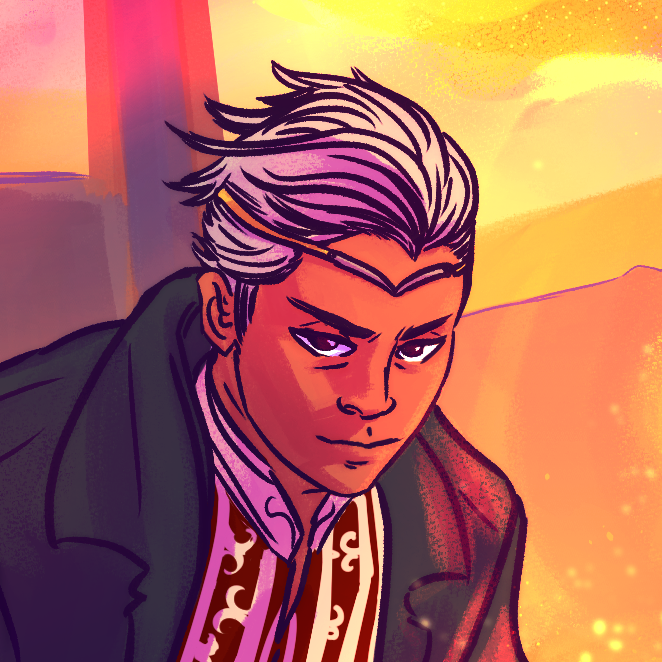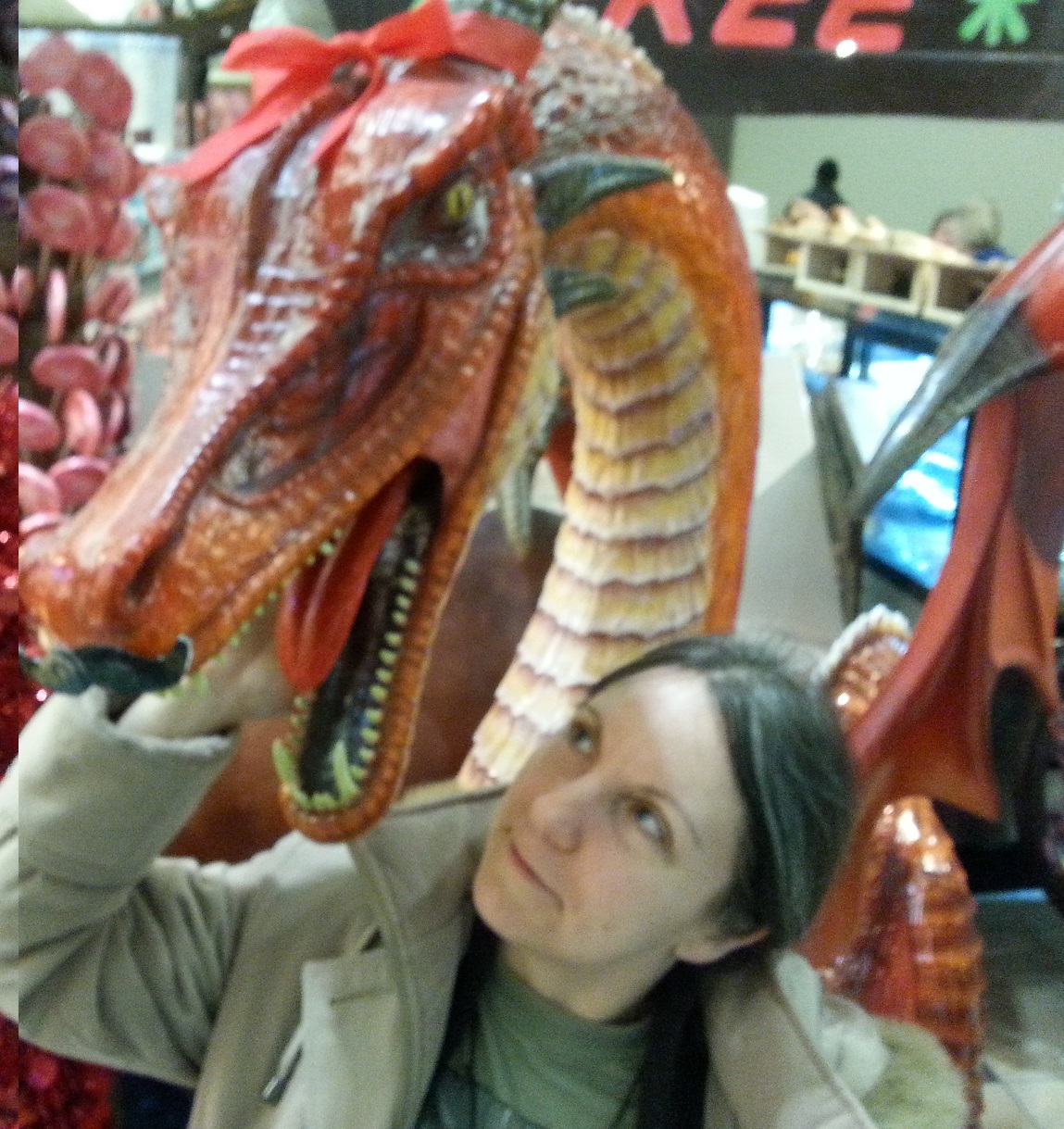Battle of Frankburg Bridge
The Battle of Frankburg Bridge took place at the city of Frankburg on July 7 of the year 28 CE, between the so-called Monster Hordes and an army of Bekiskapan led by Kester Thidos.
After a day-long battle, Thidos and most of the Bekiskapan were dead and the Hordes resumed their march on The Garden. And yet, the sacrifice made by the Bekiskapan allowed Augustus Might and his Heroes of the Realm time to reach the Zone Forbidden and undo the spell which had created the Hordes in the first place.
The Garden was saved, the Hordes were freed, and The First Age of Eden was far more peaceful from then on.
The Conflict
Prelude
In the year 20 CE, the wizard Zaragon took possession of the Sword of the River and used its magic to bind the wills of Eden’s shape-shifting kíndallans to his own. He then instructed these mind-controlled masses to take on the most horrifying shapes they could imagine, to follow the fiercest among them (Stagnekad the Defiler), and to scour the world, striking fear into the hearts of any and all Edenians who would not bend the knee.
For eight years, the Monster Hordes waged war against the free peoples of the Edenian South. They were kept in check only by the combined forces of the halflings in the west, the dwarves in the east, and by the mighty Bekiskapan in the north. The elves who then made up the majority of the southern population, did their best to eliminate the threat, but they were no match for the size of the Hordes. And with the kíndallans giving in to their baser instincts, thanks to Zaragon’s control over them, many elves perished. The pre-Edenian rivalry between the elves and the kíndallans was renewed and grew fiercer than ever.
However, at some point early in the eighth year of the conflict, Zaragon lost possession of the Sword of the River. And though he had been careful in how he worded the spell he cast upon the kíndallans, making certain that it would not break even if the sword was taken from him, they hesitated now to take new orders.
Zaragon began a desperate search for a tool which might help him recover the Sword—a spell, a machine, anything. And in the process, he learned of a relic that might be even more powerful than the one he had lost. Combing through the libraries his Hordes hadn’t already burned to the ground, Zaragon learned of The Gloves of Sparkle—a lost set of ladies’ handgloves purported to have been worn by the goddess Eden while she was putting the finishing touches on the world.
The Gloves, it was said, would grant the wearer the powers of the goddess. And it was said that they were to be found somewhere in the foothills of Dükuhüo Aüki, the “mother volcano” at the geographic center of The Garden.
It was then that plans for a full-scale invasion of the north began.
Deployment
Stagnekad recalled his forces from the east and west, leaving naught but skeleton crews to defend his gains in the riverlands and the Forest of Fangs. Then, as a diversion, he sent his three dragons east toward the Bekiskapan city of Nova Meskera. This, he reasoned, would keep the Bekiskapan from sending any reinforcements to support the garrison at Frankburg Bridge.
The Bekiskapan, sensing something was coming but not sure what, prepared to defend the bridge at all costs. They sent word to their allies all along The Oadü to ready themselves for a full-on assault on the bridges. Preparations were begun to destroy all of the other river crossings if necessary, leaving Frankburg Bridge as the only lifeline to the South.
Battlefield
The battle was fought on the bridge itself and on the lowlands of the Oadü’s north side—a marshy area known as the Fen of the Faithless. No fighting is known to have taken place in the city of Frankburg itself. The south side of the river, where Frankburg sat, had been held comfortably by the Hordes for months at this point.
Conditions
At dusk on the evening before the battle, stormclouds rolled in from the west. A light drizzle fell throughout the night, which transformed into a steady rain by daybreak. And though these conditions would eventually spell disaster for the Bekiskapan, the showers were initially viewed as a gift from the goddesses. After all, their capricorn-mounted cavalry could use the water in the air to take flight. And that meant, in the Bekiskapan’s eyes, that all they had to do was defend the chokepoint of the bridge.
The Engagement
The Hordes, even though their nahnlaríx mounts were capable of shapeshifting into aquatic or semiaquatic forms, were deterred from crossing the raging Oadü by the now flight-capable capricorn cavalry. Stagnekad didn’t let on just how deterred they were, though. Instead, he ordered his own mounted units to patrol the shore and feign like they might cross at any moment. This he did to keep the capricorns and their icy breath occupied. Every once in a while, in fact, he gave the order for a small group to sacrifice themselves to the capricorns—just to let the Bekiskapan think the Hordes were as crazy and unpredictable as ever.
Meanwhile, Stagnekad split his ríxtahnian-clad special forces in two, lined them up along his side of the river, and ordered them to open fire on the Bekiskapan archers. This gave cover to the infantry, who began their push across the bridge.
Legend has it that a single Bekiskapan Triad held off the Horde advance for the better part of the day. The truth is that the Bekiskapan general, Kester Thidos, was smarter than that. She regularly rotated out the triad that was guarding the bridge. Nevertheless, the fact that it took only three people at a time to fend off dozens upon dozens of advancing kíndallans was impressive—and is a big part of why Bekiskapan culture is so revered in Eden to this day.
For a while, it seemed as though the battle would simply be one of attrition. And with the Bekiskapan’s magical body paint rendering them all but invincible to most of what the Hordes could throw at them, it seemed like it would only be a matter of time before the Hordes gave up.
Then the dragons arrived.
After a morning of shock and awe in far-off Nova Meskera, the dragons flew west over the plains of Nunya and Nalké, then south toward the battlefield, where they attacked the Bekiskapan from the rear. In the initial assault, they felled all but four of the capricorns. And yes, once they lost the element of surprise, the dragons were themselves decimated by the capricorn survivors, but the damage was done. Stagnekad’s cavalry transformed themselves to accommodate an easier river crossing, and the Bekiskapan were soon overrun.
The Bekiskapan archers did their best to slow the assault coming from across the river, but eventually fell back behind the infantry to let the triads try and do what they did best: kill things, and kill them quickly. For an hour or so, it seemed like they might be able to hold the shoreline, but then Stagnekad himself made it across the bridge and the crafty necromancer unleashed his final secret weapon.
Stagnekad knelt in the muck of the Fen of the Faithless and called back to life the fifty elven deserters who had been swallowed by the swamp eight years before. Bound now to the will of the enemy they’d fled from, the elfs and their ghostly weapons were just what the Monster Hordes needed to destroy the seemingly invincible Bekiskapan.
And yet, even as their comrades began to fall in great numbers to otherworldly blades—even as the Hordes began to overwhelm them and strangle or trample them to death—the Bekiskapan did not retreat. They did not surrender. They fought as hard as they could, for as long as they could, to stop the Hordes from advancing toward The Garden. And then, when that fight was lost, they gave chase until the moment that Augustus Might’s sacrifice in the Zone Forbidden set the Hordes free. The Bekiskapan and the Hordes traded blows until the very end, until the mind-controlled masses of the Hordes finally threw down their weapons, fell to their knees, and begged with tears in their eyes for mercy.
Aftermath & Legacy
Though cremation was the standard funerary custom for the Bekiskapan and a water burial was customary for the kíndallans, neither side wished their honored dead to be sent to their rest near the Fen of the Faithless. And so, both armies undertook the arduous task of moving the vast hills of bodies to other locations—the Bekiskapan to the village square of Frankburg, where a funeral pyre was built, and the kíndallans to a calmer spot in the river just downstream.
The regretful kíndallans began a massive campaign to earn the forgiveness of their fellow Edenians, eventually collaborating with the dwarves on the development of the Reekian Wall and the process of Genetic Elevation and Manipulation.
The elves, whose fallen kinsmen had been used by Stagnekad to strike the decisive blow against the Bekiskapan, actually faced more hate and bigotry than the kíndallans did. Because the Undone elves that Stagnekad brought into his service had fled from their duty to protect the South, their cowardice was soon associated with their species in general. As a result, elves left the South in large numbers and eventually resettled in the Free Cities of Nunya—a far more tolerant part of the world.
And what of the Bekiskapan?
The Battle of Frankburg Bridge was the event which cemented the Bekiskapan’s status as the “heroes of Eden.” Moreso than any battle which had come before, or any of the few the Bekiskapan fought in afterward, Frankburg Bridge made Edenians of every species and culture believe that they would ultimately be safe in this purgatorial paradise—so long as the Bekiskapan were there to protect them.
Sadly, of course, the Bekiskapan would disappear from Eden at the end of the First Age and never return. But their influence on Edenian culture can be felt to this day. Their unique style of dress—or undress, as the case may be—typified by the famous Bekiska Bikini influences Edenian fashion to this day. Their military tactics, as spelled out in Kester Thidos’ The Art of Adaptive Warfare, are taught at military academies across the land. And their majestic city of Nova Meskera still stands, pristine as it was the day the Bekiskapan left.
Belligerents
Strength
- 999 infantry
- 33 calvary
- 13,000 infantry
- 2,000 cavalry
- 3 dragons
Casualties
- 692 Bekiskapan
- 29 capricorns
- 3,243 infantry
- 568 cavalry
- 50 ghosts
- 2 dragons
Objectives
- Stop the Hordes from crossing Frankburg Bridge and entering The Grand Duchy of the Garden
- Provide enough time for the Heroes of the Realm to undo the spell of Zaragon and set the Hordes free
- Cross Frankburg Bridge and terrorize as many innocents as possible along the way
- Sack The Garden and establish it as a seat of power for Zaragon
- Find the Gloves of Sparkle for their master










Really cool article ... WAY to many words. This is Summercamp.. be a spartan "Το λακωνίζειν εστίν φιλοσοφείν"
World Anvil Founder & Chief Grease Monkey
Twitter | World Anvil Changelog
“No act of kindness, no matter how small, is ever wasted.” - Aesop
Thanks! Yeah, definitely too many words. Got a little carried away.